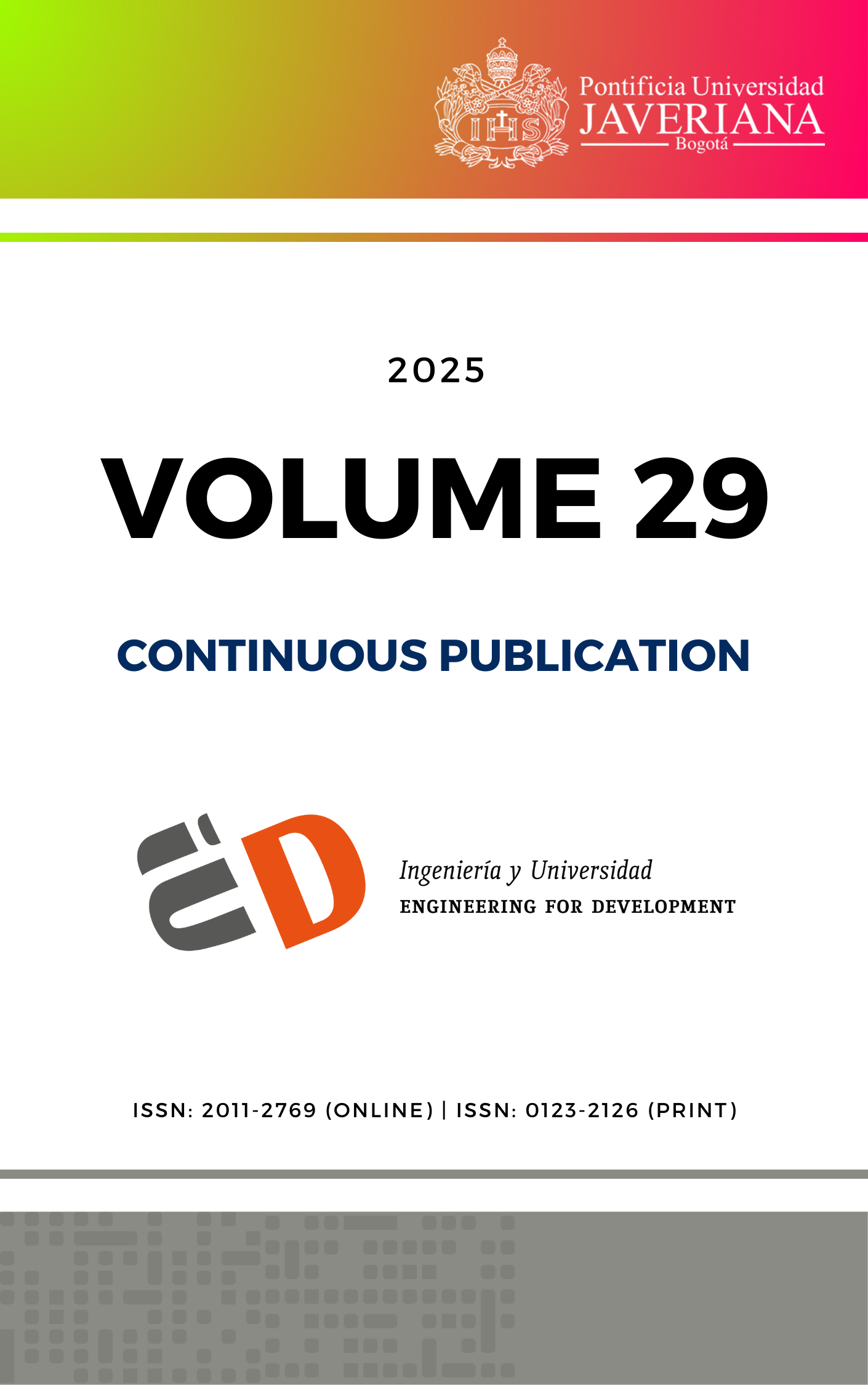Resumen
Objectives: To speed up the green development of domestic concrete industry, it is necessary to know the viscosity of reinforced concrete.
Materials and methods: Through the treatment of steel bars with different corrosion degree (0%, 1%, 2%, 4%), the bonding properties of them and recycled concrete were compared, and the influence of corrosion on the bonding properties was analyzed.
Results and discussion: The results show that: 1) Improve the degree of rust, the peak value of average bond stress increases first and then decreases under the condition that the replacement rate of reproduced coarse bone is not changed; 2) When the replacement rate of regenerated coarse bone is changed, the peak value of average bond stress will also increase first and then decrease with the increase of steel corrosion degree; 3) Under the given regenerated coarse aggregate replacement rate, the average curves of recycled concrete with different rust degrees are basically consistent with the calculated curves, and have a good fitting effect.
Conclusions: It can be concluded that the increase of steel corrosion degree will improve the bond performance of recycled concrete, but this effect will not continue to increase with the increase of rust degree.
[1] B. Lei, W. Yang, L. Yu, et al., “Evaluation of CO2 emission from carbonization of recycled concrete during its whole life cycle,” Concrete Cement Prod., no. 11, 2023, 82-87.
[2] W. Liu, “Study on the performance of recycled concrete prepared from waste building materials as aggregate,” Sichuan Cement, no. 09, 2023, 30-32.
[3] H. Qin, Z. Zhao, S. Ye, et al., “Experimental study on effect of steel fiber on compressive strength of recycled concrete,” Concrete, no. 06, 2023, 120-124.
[4] N. Bu, R. Liu, W. Fang, et al., “Study on mechanical properties and frost resistance of recycled concrete with fly ash for construction,” J. Funct. Mater., vol. 54, no. 05, 2023, 5223-5229.
[5] F. Yu, X. Zhu, D. Yao, et al., “Bond properties between self-compacting recycled concrete and ribbed steel,” J. Shenyang Univ. Technol., vol. 46, no. 03, 2024, 339-346.
[6] Y. Zhou, Y. Huang, F. Cao, et al., “Salt frozen erosion of stirrup constraints, the influence of recycled concrete with steel stick performance,” J. Build. Struct., vol. 44, no. S2, 2023, 438-446.
[7] B. González-Fonteboa, F. Martínez-Abella, C. L. Diego and S. Seara-Paz, “Stress-strain relationship in axial compression for concrete using recycled saturated coarse aggregate,” Constr. Build. Mater., vol. 25, 2011, 2335-2342
[8] W. Li, “Experimental study on Mechanical properties of recycled concrete,” Brick Tile, no. 04, 2024, 47-49.
[9] Q. Li and L. Wu, “Experimental study on the compressive strength of recycled concrete cubes by different mineral admixtures,” Constr. Supervis. Inspect. Cost, vol. 16, no. Z1, 2023, 10-14.
[10] T. Ren, “Research progress of preparation technology of recycled concrete,” Railw. Constr. Technol., no. 09, 2022, 46-49.
[11] H. Zhao, Y. K. Gao, G. Tian, et al., “Research and development status and review of recycled concrete,” Qinghai Transp. Sci. Technol., vol. 33, no. 03, 2021, 1-11+38.
[12] W. Yang, C. Jiang, J. Yang, et al., “Experimental study on corrosion efficiency of reinforced concrete with electrification,” Concrete World, no. 07, 2022, 10-13.
[13] J. R. Liu, H. S. Shang, W. Z. Wang, et al., “Corrosion current density and corrosion morphology of reinforced concrete,” Corros. Protect., vol. 42, no. 07, 2021, 34-37+41.
[14] M. H. Haraji, “Development splice strength of reinforcing bars em-bedded in pail and fiber reinforced concrete,” ACI Struct. J., vol. 91, no. 5, 1994, 511.
[15] Y. Chen, H. Shang, H. Feng, et al., “New type of reinforcement and concrete bonding constitutive relation of experimental study,” J. Build. Struct., vol. 53, no. 24, 2023, 62-67 + 117.

Esta obra está bajo una licencia internacional Creative Commons Atribución 4.0.
Derechos de autor 2025 Qing Su


